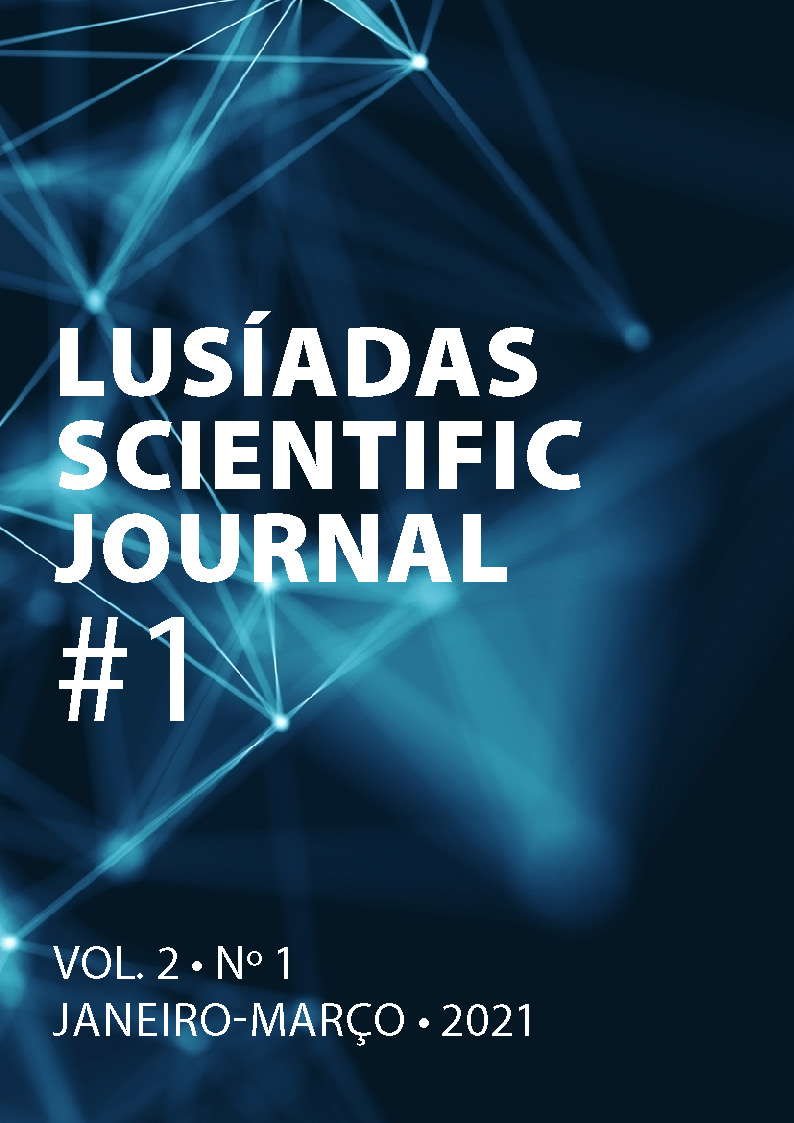Editorial
Second Victim Phenomenon in COVID-19 Pandemic
Main Article Content
Article Details

This work is licensed under a Creative Commons Attribution-NonCommercial 4.0 International License.
References
Strametz R, Raspe M, Ettl B, Huf W PA. Maintaining capacity in the healthcare system during the COVID-19 pandemic by reinforcing clinicians’ resilience and supporting second victims [Internet]. 2020. [cited 1 Mar 21] . Avail-able from: https://www.patient-safety-day.org/assets/20200618-gl-sec-ond-victim_final.pdf.
Clarkson MD, Haskell H, Hemmelgarn C, Skolnik PJ. Abandon the term “sec-ond victim.” BMJ. 2019;364:2-3. doi: 10.1136/bmj.l1233.
Wu AW. Medical error: The second victim. BMJ. 2000;320:726-7. doi: 10.1136/bmj.320.7237.726. Scott SD, Hirschinger LE, Cox KR, McCoig M, Brandt J, Hall LW. The natu-ral history of recovery for the healthcare provider “second victim” after adverse patient events. Qual Saf Heal Care. 2009;18:325-30. doi: 10.1136/qshc.2009.032870.
Dewey C, Hingle S, Goelz E, Linzer M. Supporting Clinicians During the COVID-19 Pandemic. Ann Intern Med. 2020;172:752-3. doi: 10.7326/M20-1033.
Tawfik DS, Scheid A, Profit J, Shanafelt T, Trockel M, Adair KC, et al. Evidence relating health care provider burnout and quality of care a systematic review and meta-analysis. Ann Intern Med. 2019;171:555-67. doi: 10.7326/M19 -115 2 .
Adams JG, Walls RM. Supporting the Health Care Workforce during the COVID-19 Global Epidemic. JAMA. 2020;323:1439-40. doi: 10.1001/jama.2020.3972.
Wu AW, Connors C, Everly GS. COVID-19: Peer Support and Crisis Commu-nication Strategies to Promote Institutional Resilience. Ann Intern Med. 2020;172:822-3. doi: 10.7326/M20-1236.
Duarte I, Teixeira A, Castro L, Marina S, Ribeiro C, Jácome C, et al. Burnout among Portuguese healthcare workers during the COVID-19 pandemic. BMC Public Health. 2020;20:1885. doi: 10.1186/s12889-020-09980-z.
Maunder RG, Lancee WJ, Balderson KE, Bennett JP, Borgundvaag B, Evans S, et al. Long-term psychological and occupational effects of providing hos-pital healthcare during SARS outbreak. Emerg Infect Dis. 2006;12(12):1924-32. doi: 10.3201/eid1212.060584.
Gazoni FM, Amato PE, Malik ZM, Durieux ME. The impact of perioperative catastrophes on anesthesiologists: Results of a national survey. Anesth An-alg. 2012;114:596-603. doi: 10.1213/ANE.0b013e318227524e.
Ullström S, Sachs MA, Hansson J, Øvretveit J, Brommels M. Suffering in si-lence: A qualitative study of second victims of adverse events. BMJ Qual Saf. 2014;23:325-31. doi: 10.1136/bmjqs-2013-002035. Edrees H, Connors C, Paine L, Norvell M, Taylor H, Wu AW. Implement-ing the RISE second victim support programme at the Johns Hopkins Hospital: A case study. BMJ Open. 2016;6:e011708. doi: 10.1136/bmjop-en-2016 - 011708.
Mira JJ, Carrillo I, García-Elorrio E, Andrade-Lourenção DCDE, Pavan-Bapti-sta PC, Franco-Herrera AL, et al. What Ibero-American hospitals do when things go wrong? A cross-sectional international study. Int J Qual Heal Care. 2020;32:313-8. doi: 10.1093/intqhc/mzaa031

